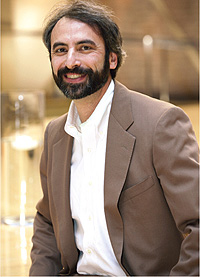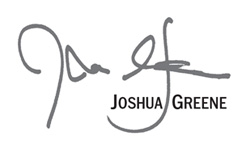

Scientists can trace the DNA of a vine, giving a factual basis to buying and selling wine by variety. But there are nowidely accepted scientific tools tomeasure terroir expression in wine, somany consider the discussion of such matters bogus. And to the degree that much of the discussion of terroir is based on supposition rather than fact, theymay well be correct.
Curiosity, however, leads us to believe that some of these suppositions might have an assay, a protocol to prove them true… or false. My own curiosity on this front stems from my experience in tasting and drinking wine.
Consider this long–term experiment in pattern recognition: Taste 5,000 to 6,000 wines blind each year for a series of 25 years, knowing only vintage and region. Compile notes on your perceptions of the wines. Look for patterns in the notes, and patterns in the wines to come. Include the greater and lesser terroirs, as voted by price in the market. You may find distinctions where the market is unimpressed, and you may be underwhelmed by wines the market values. Some of this can be written off to personal taste. Some is pattern recognition, the way we train ourselves to recognize the faces of people we know, however similar they may be to thousands of others.
That’s how Aubert de Villaine once described terroir expression tome, imagining the varied personalities of the wines from his vineyards at Domaine de la Romanée–Conti, their differences in soil structure, exposure and vine coalescing into a face he can recognize year after year.
As neuroscience develops, it may take on the brain responses we have from our sense of smell. Those responses often stem from an ancient and instinctual reaction to danger, whether it’s the scent of rotting food or a bear sleeping in your cave. Today, many of us live in urban cultures where scent neutrality is to the common good, where the ground was long ago covered in pavement and we hold our noses on the way to the office, passing the restaurant garbage waiting for pickup. What, after all, is the terroir expression of Manhattan or Paris? The places bring visual memories first, and perhaps a faint recollection of diesel.
Yet we all know of moments when it’s a great pleasure to open ourselves to the sense of smell. Where I live in the hills of Western Massachusetts, I often find myself stopped at a rosa rugosa bush, or picking thyme and rubbing it between my fingers. It’s the scent of summer in the Berkshires; for me, it’s the terroir signature of my home. This issue is about those moments with wine.


This story appears in the print issue of Fall 2012.
Like what you read? Subscribe today.















